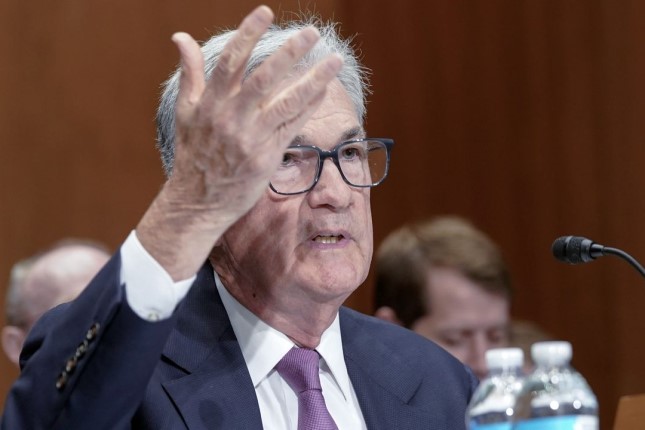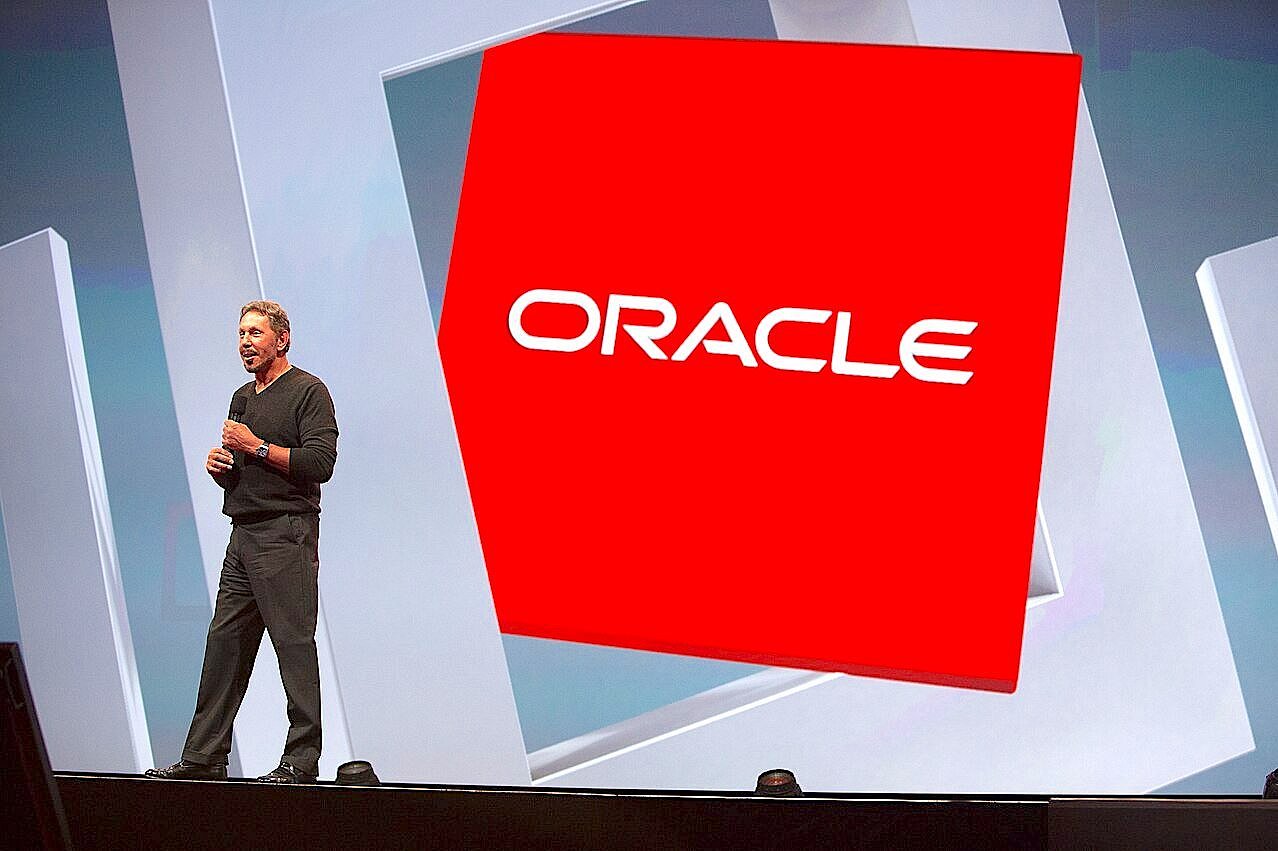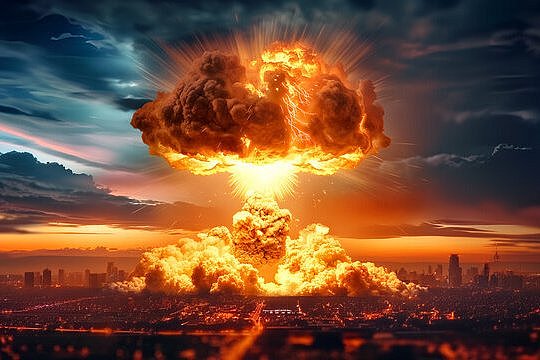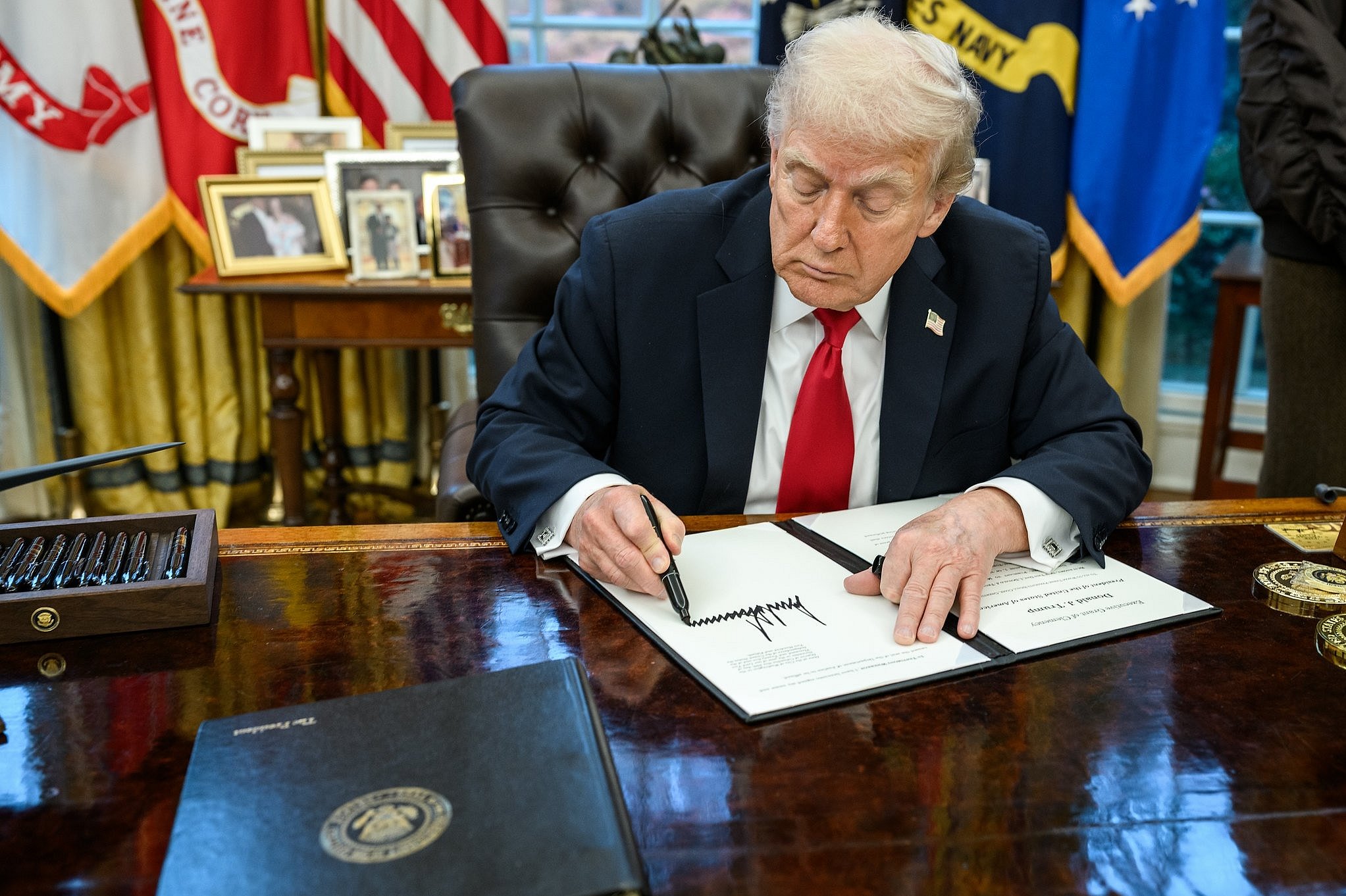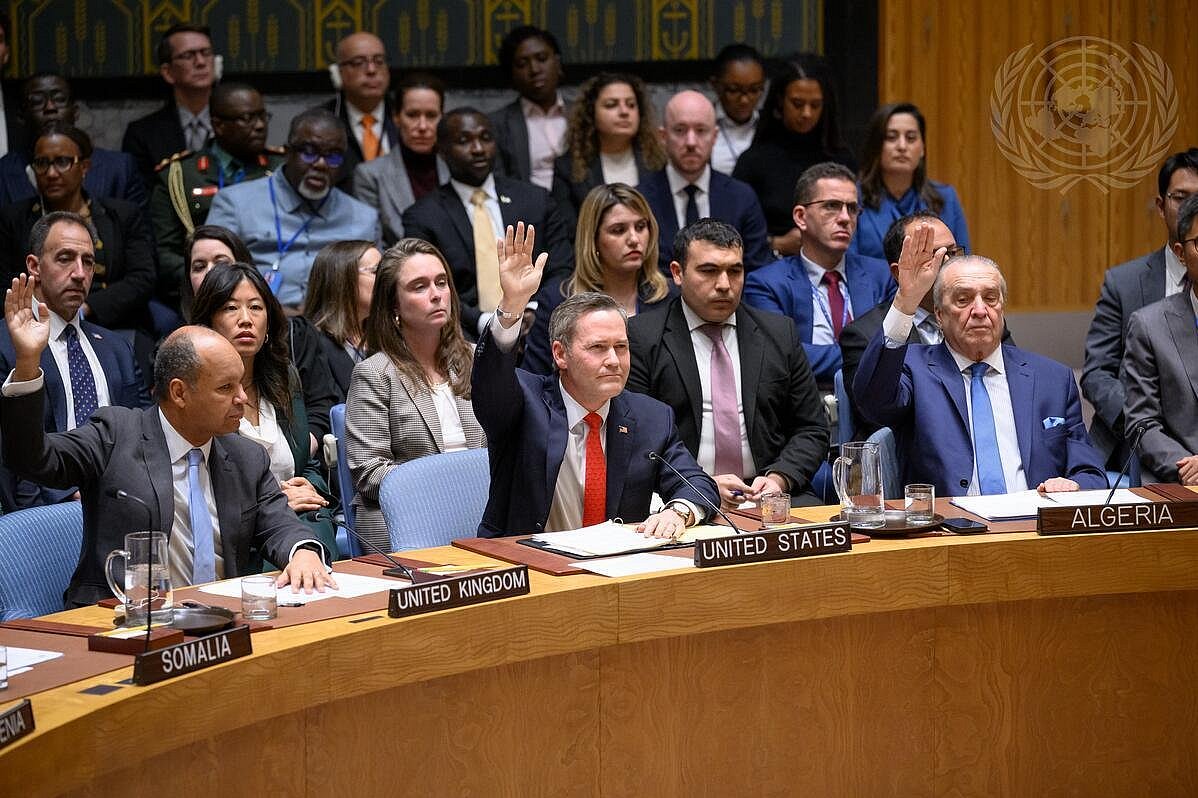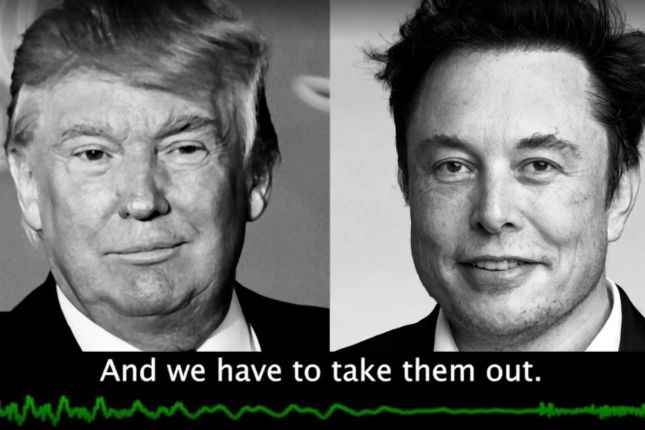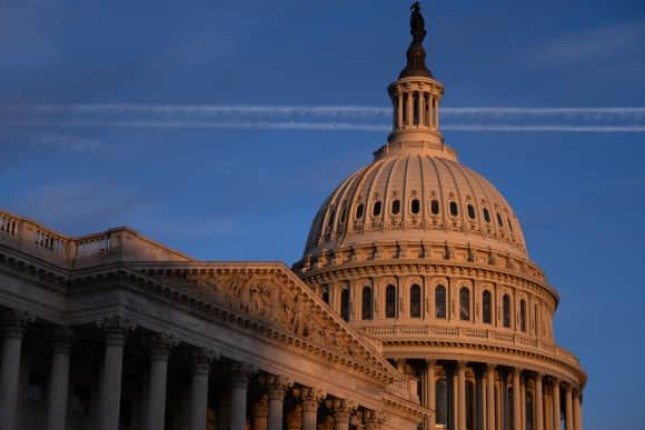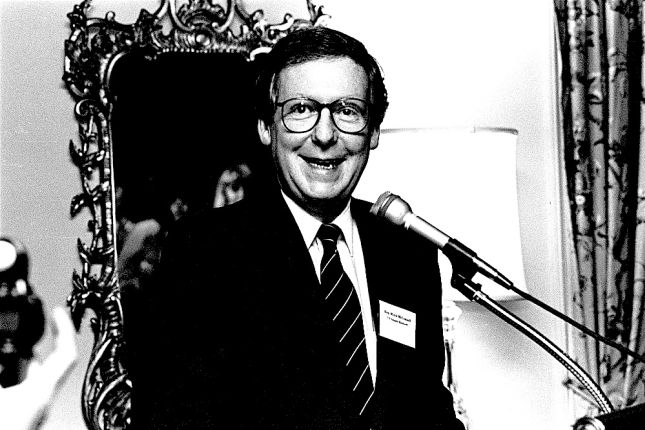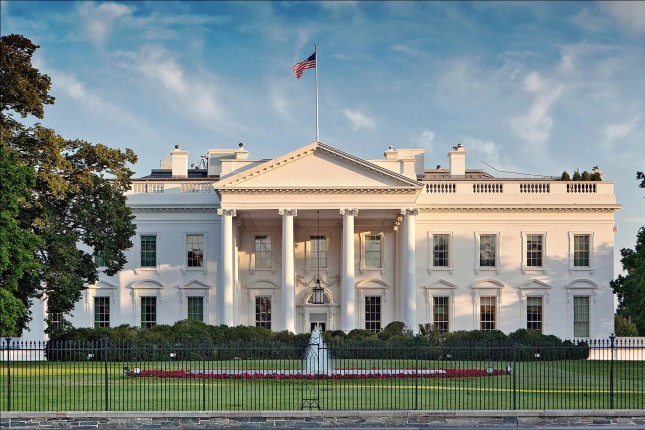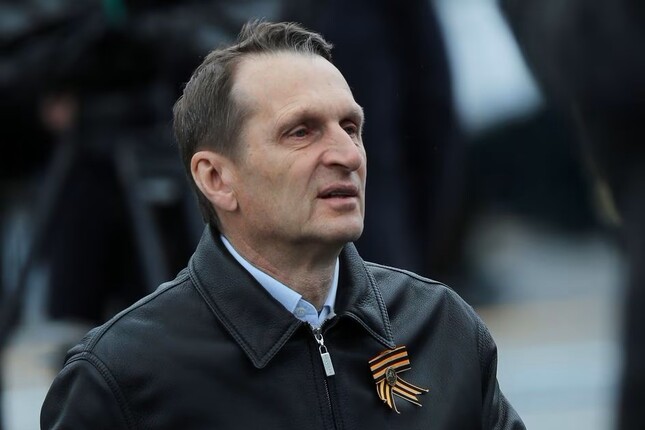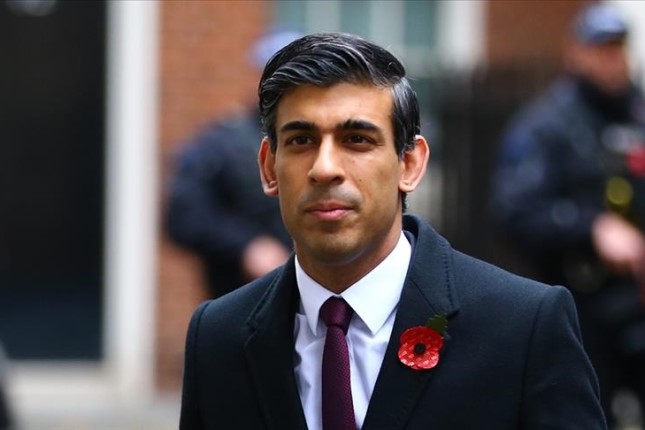But his remarks underscored the fact that the Fed is trying to tread a fine line on its monetary policy amid the eruption of major problems in the banking system because of interest rate hikes over the past year from near zero to above 5 percent.
The chief target of the Fed’s interest rate hikes is the wage demands of the working class in the midst of what is, despite some reduction in recent months, the highest rate of inflation in four decades.
In his opening remarks, Powell repeated the essential theme of all his comments and statements—that the demand for labour must be brought down by slowing the economy, possibly inducing a recession and thereby increasing the supply of labour.
He noted that the labour market remained “very tight” despite evidence of a slowing in US economic growth. Nominal wage growth had shown “some signs of easing” and job vacancies had declined somewhat, he said.
“While the jobs-to-workers gap has narrowed, labour demand still substantially exceeds the supply of available workers,” he explained.
The Fed aims to close the gap by increasing the unemployment rate. While the Fed decided at its policy-making meeting earlier this month to “pause” its rate rises—Powell said there was no need to increase rates as rapidly as in the past—it indicated that it expects at least two more rate rises this year. The first may be carried out at its meeting next month.
“Given how far we’ve come, it may make some sense to move rates higher, but to do so at a more moderate pace,” he told the House Financial Services Committee.
Reporting on Powell’s remarks, the Wall Street Journal said: “Fed officials see a risk that their past rate increases, together with recent banking industry stresses, will eventually create a sharper-than-anticipated slowdown. They are trying to balance the risk that the economy proves more resilient than expected and inflation stays too high, requiring them to increase rates higher than otherwise.”
Despite its so-called “dual mandate,” under which the Fed is charged with providing price stability and maximum employment, the Fed will not be deflected by rising jobless numbers.
In fact, that is its goal—to increase the labour supply. Powell has, on numerous occasions, expressed his admiration for former Fed Chair Paul Volcker, whose high interest rate regime in the early 1980s produced the highest unemployment rates since the 1930s.
The key concern of the Fed regarding interest rates is not the effect on jobs, but their impact on banks, particularly, at this stage, mid-sized banks.
But there are dangers for the financial system more broadly, which had gorged itself on the essentially free money provided when the Fed set interest rates at record lows and bought up trillions of dollars of government debt under its quantitative easing program.
Powell again insisted that the “US banking system is sound and resilient,” and the Fed, together with the Treasury and the Federal Deposit Insurance Corporation (FDIC), had taken “decisive action in March to protect the US economy and to strengthen public confidence in our banking system.”
He was referring to the $23 billion bailout operation following the collapse of three significant banks in March and April—Silicon Valley Bank (SVB), Signature Bank and First Republic Bank.
Their demise constituted the second, third and fourth largest bank failures in US financial history—hardly an expression of a system that is “sound and resilient.” Direct government intervention was carried out on the grounds that it was required to avert considerable risk of “systemic” crisis.
While the three collapsed banks had their individual problems, their failure was rooted in the sharp rise in interest rates and represented the initial expression of deep problems in the banking and financial system as a whole.
In an article published earlier this month, Wall Street Journal columnist James Mackintosh wrote that the notion that higher rates were good for banks per se was a misconception. “What’s good for banks is a steep yield curve, in which short-term rates are much lower than longer-term rates,” he explained.
This creates a situation where, in “normal” circumstances, banks can borrow short-term and lend long-term, making a profit on the interest rate differential. But as Mackintosh noted, “right now we have the most extreme inverted yield curve in decades.”
That is, the interest rate on short-term Treasury debt, contrary to the usual situation, is well above that on 10-year Treasury bonds, the benchmark for longer-term rates.
The crisis at SVB was sparked by the rapid fall in the market value of its holdings of Treasury debt due to the Fed’s interest rate hikes. But analysis has revealed it was by no means an outlier. At the end of March, the FDIC estimated that there were $500 billion unrecorded losses on securities.
An academic study has calculated that the unrealised losses of banks since the beginning of last year are as much as $2 trillion. An extension of that initial study found that 2,315 banks had assets worth less than their liabilities.
Since the March crisis, the question has been raised: which is the next shoe to drop? Attention has been focused on the commercial property market, in which smaller, medium-sized and regional banks are heavily invested. Commercial property has been hit hard by the falling demand for office space, one of the consequences of the COVID-19 pandemic and working from home.
Interest rate rises make their impact when commercial loans, financed initially at low rates, must be rolled over in the transformed financial market.
The issue of the commercial property sector came up in the question-and-answer session held during the Senate Banking Committee hearing, when New Jersey Senator Bob Menendez pointed to the commercial property sector, where $1.5 trillion worth of loans were to come due in the next year.
Menendez described the situation as a “ticking time bomb.” However, neither he or Powell indicated any measures that might be taken to defuse it.
Photo: Federal Reserve Chairman Jerome Powell testifies during a Senate Banking Committee hearing, Thursday, June 22, 2023, on Capitol Hill in Washington © AP Photo / Mariam Zuhaib.
Source: World Socialist Web Site.
